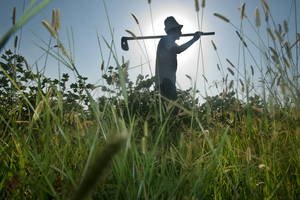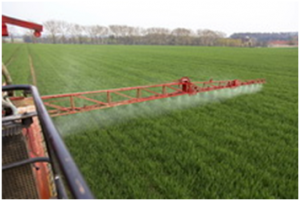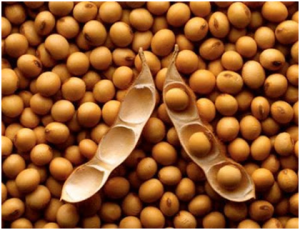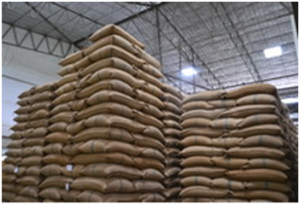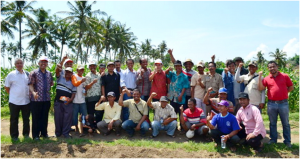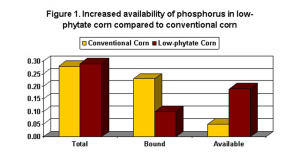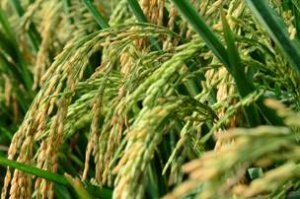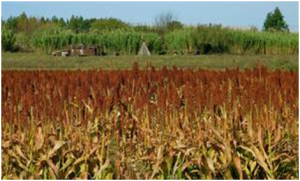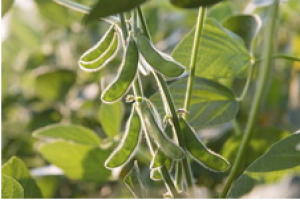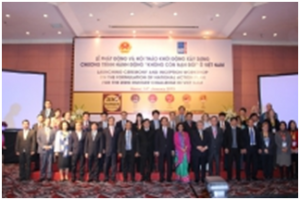|
Innovation leads South Asia’s new Green Revolution
Saturday, 2018/01/20 | 07:09:19
|
by Katelyn RoettCYMMIT January 9, 2018
Figure: Agricultural leaders from across South Asia recently meet to discuss how to best tackle climate change while meeting future food demand. Photo: CIMMYT/ M. DeFreese
Fifty years ago, economists and population experts predicted millions were about to die from famine.
India and other Asian countries were expected by scholars like Paul Ehrlich in The Population Bomb to be especially hard hit in the 1970s and 1980s, given the region’s high population growth rates.
South Asia braced for mass starvation as hunger and malnutrition spread while multiple droughts plagued India and neighboring countries – but it never happened.
Instead, rice and wheat yields more than doubled in Asia from the 1960s to 1990s, grain prices fell, people consumed nearly a third more calories and the poverty rate was cut in half – despite the population growing 60 percent.
Improved rice and wheat varieties combined with the expanded use of fertilizers, irrigation and supportive public policies for agriculture led to this dramatic growth in food production and human development that would become known as the Green Revolution.
Today, South Asia faces new, but equally daunting challenges. By 2050, the United Nations predicts the world’s population will grow by more than two billion people, 30 percent of which will be in South and Southeast Asia. These regions are also where the effects of climate change, like variable rainfall and extreme flooding, are most dire.
Wheat, maize and rice yields in South Asia could decrease by as much as 30 percent over this century unless farmers adopt innovations to mitigate rising temperatures and changing rainfall patterns.
See more http://www.cimmyt.org/innovation-leads-south-asias-new-green-revolution/ |
|
|
|
[ Other News ]___________________________________________________
|


 Curently online :
Curently online :
 Total visitors :
Total visitors :
(37).png)

